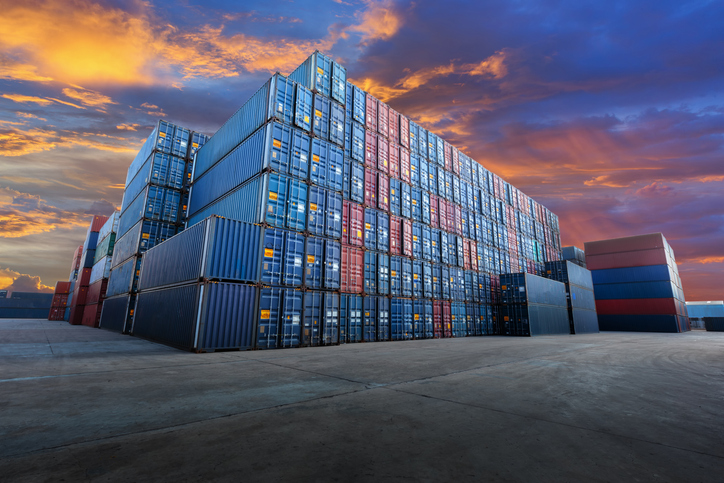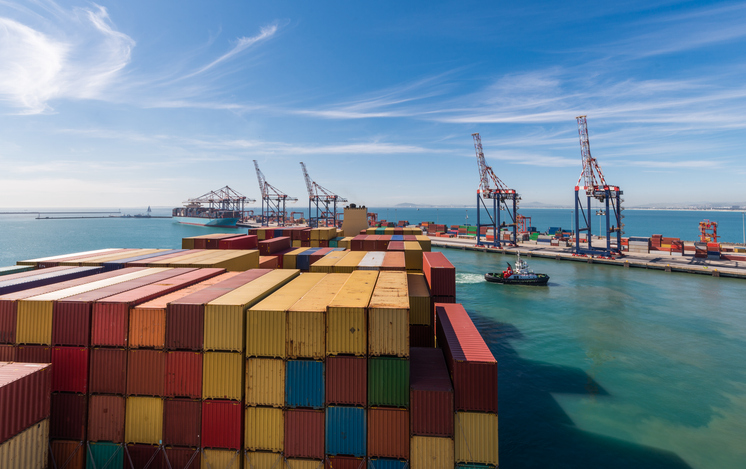
The Weekly Roar
In this week’s Roar: Preparations for an East Coast port strike, air freight in Q4, a study on methanol in maritime, the state of China trade, and digital trends in the supply chain.
 Depending on when you read this, the U.S. East Coast port strike is either imminent, happening, or it’s been averted. And with just a day to go, carriers are implementing contingency plans to minimize any possible disruption. For example, Maersk announced they’d stop all East Coast export traffic starting Sunday. Most carriers have announced “Port Disruption Surcharges” ranging from $1,000 to $3,000 per TEU, which will go into effect as early as October 8, depending on the carrier and severity of the disruption.
Depending on when you read this, the U.S. East Coast port strike is either imminent, happening, or it’s been averted. And with just a day to go, carriers are implementing contingency plans to minimize any possible disruption. For example, Maersk announced they’d stop all East Coast export traffic starting Sunday. Most carriers have announced “Port Disruption Surcharges” ranging from $1,000 to $3,000 per TEU, which will go into effect as early as October 8, depending on the carrier and severity of the disruption.
The boom times should continue for the air freight industry in Q4. Cargo volumes are up again, with demand expected to remain high throughout the 4th quarter. For shippers, this does create challenges around capacity and rates. Despite an uptick in air freight due to the Red Sea crisis, booming e-commerce growth plays a large part—estimated to be $6.33 trillion in 2024, up 8.8% over 2023.
A new study by the Methanol Institute indicates that forthcoming EU regulations, like the FuelEU Maritime Regulation and the EU Emissions Trading System (ETS), will enhance the economic competitiveness of bio- and e-methanol in shipping. For example, under the Fit for 55 package, vessel operators face escalating penalties for using fossil fuel—from €39 ($43.33) per ton in 2025 to nearly €2,000 ($2,227) per ton by 2050. That is a strong incentive!
The state of the Chinese economy has been questionable in 2024 but that may be changing. Last month, China’s foreign trade had a 4.8% year-on-year increase, with exports rising 8.4% year-on-year, which is its fastest growth in 17 months. And despite trade tensions, the U.S. remains one of its key trading partners, helping to drive China’s economic activity. However, imports remained stagnant, growing by only 0.5% in dollar terms, indicating concerns about weak domestic consumption.
What are the most recent trends related to digital transformation in the supply chain? According to a survey of 310 supply chain professionals, they include five specific things. To name a few, widespread adoption—as of 2024, 27% of respondents reported completing their digital transformations, up from 16% in 2022. Additionally, a stronger focus on data management has emerged. And finally, the resistance to change from employees has decreased from about 25% in 2022 to 15% now.
For the rest of the week’s top shipping news, check out the article highlights below.









